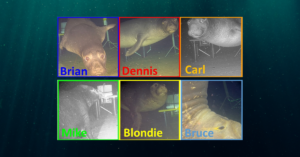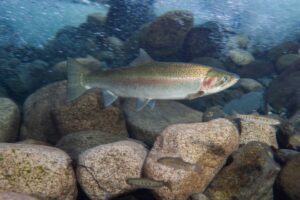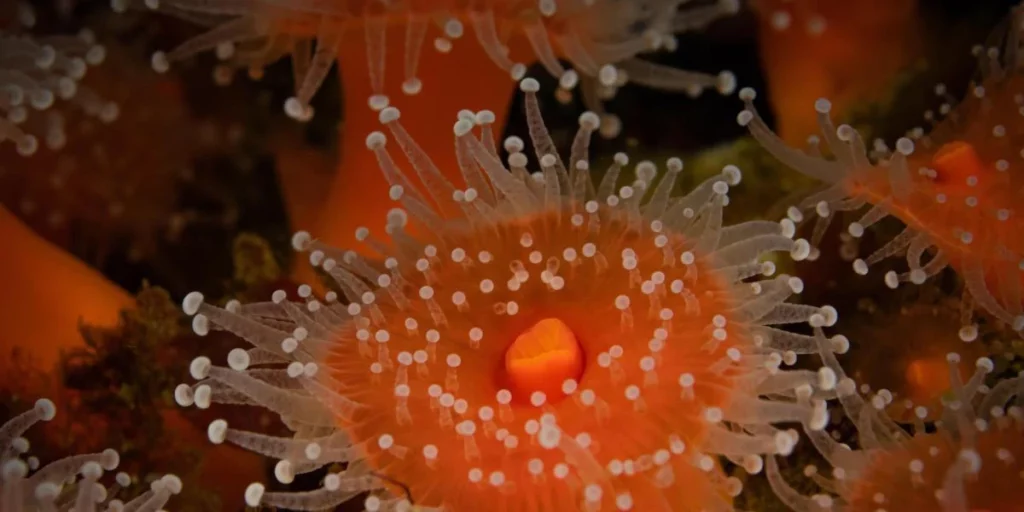
Researchers from the University of British Columbia’s Keeling Lab have found parasites linked to coral bleaching in tropical regions in BC’s waters.
The study, led by Patrick Keeling, found that a parasite known as “corallicolid,” which infects 70% of global coral species and is associated with high mortality during bleaching events, are also present in certain species of coral in BC’s colder waters. The research involved over 300 samples from five locations, examining nine different types of marine animals, including sea anemones and sea pens.
Increased Global Coral Mortality
Coral bleaching is a widespread issue in warmer climates, and scientists predict that the problem is only going to worsen. Bleached corals are unable to serve as healthy habitats for the marine life that rely on them. The bleaching phenomenon is due to rising ocean temperatures, which causes stress to the corals, making them eject the symbiotic algae that nourish them.
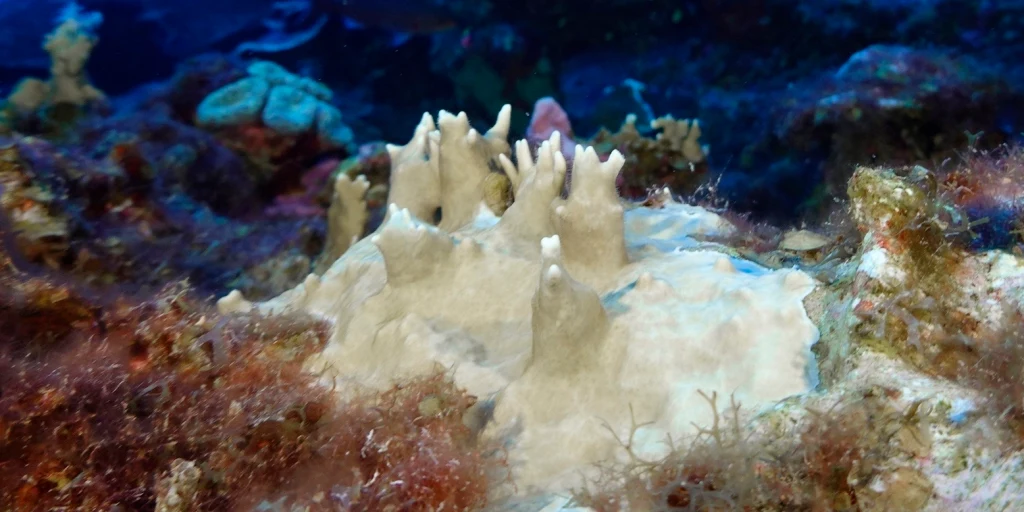
While not all bleached corals die, researchers found that bleached corals that died were more likely to have this parasite present in their systems. While this parasite has been found in BC’s coral species, increased mortality or bleaching rates have not been observed. However, scientists are still concerned about the mobility of the parasite and of the possibility that the same outcome will occur here if ocean conditions worsen due to climate change.
The State of BC’s Corals
BC is home to cold-water corals rather than the more commonly known tropical varieties. These cold-water corals form important ecosystems deep below the ocean’s surface, often on seamounts or underwater mountains. The Explorer Seamount has revealed a dense community of corals and sponges thriving at depths of around 900 meters. This area, known as “Coraltropolis,” showcases a diverse range of species, including fan and whip corals and glass sponges, which provide critical habitats for a variety of marine life like squat lobsters, shrimps, sea stars, and fish.
These coral ecosystems face threats from human activities, particularly from fishing gear that can damage the sensitive coral structures. Recently, the only live coral reef in BC was discovered, named the Lophelia Reef. In response to the discovery, the government closed the area to all commercial and recreational bottom-contact fisheries, including mid-water trawl.
More Research Needed
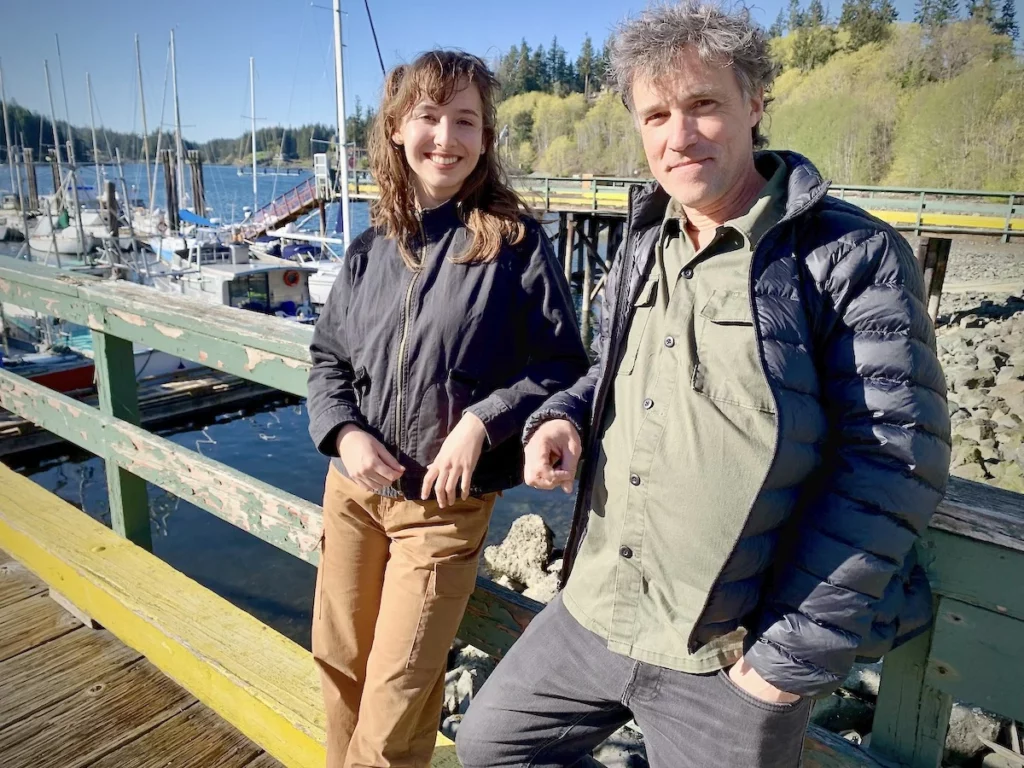
Keeling pointed out that finding the parasites in BC’s waters was unexpected, partly because traditional water-testing methods hadn’t previously identified the parasite, suggesting a scientific oversight in recognizing their presence in colder waters.
The team is planning further studies to explore how these parasites affect cold-water marine animals, but this poses a challenge as BC’s coral live in deeper waters, making it harder for researchers to collect samples.
To learn more about these parasites and their discovery, check out this article.


